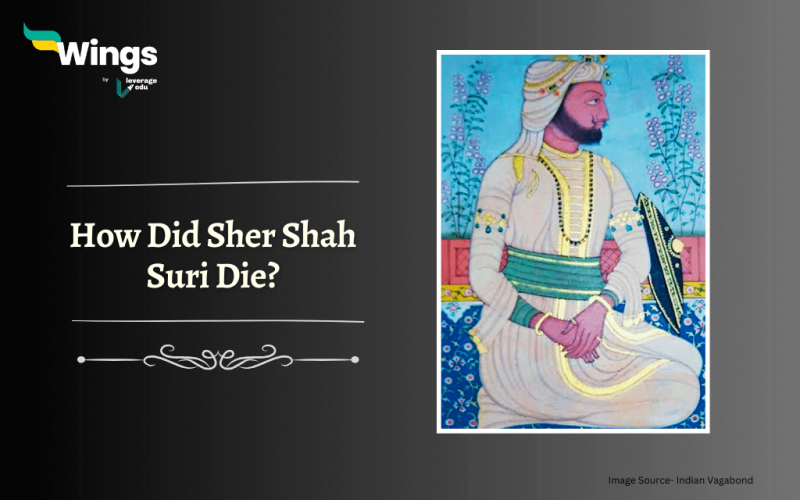Sher Shah Suri, also known as Sher Khan, was the founder of the Suri Empire in North India. He was a brilliant military strategist and a skilled administrator who is remembered for his innovative land revenue system. However, his reign was cut short by his untimely death. In this article, we will explore the main reason of how did Sher Shah Suri die.
The Battle of Kalinjar
One of the most widely accepted theories regarding the death of Sher Shah Suri is that he died as a result of injuries sustained during the Battle of Kalinjar in 1545. The conflict erupted between the forces of Sher Shah Suri and the Rajput Confederacy led by Raja Medini Rai of Kalinjar. The battle was fiercely contested, with both sides sustaining heavy casualties. According to historical accounts, Sher Shah Suri was hit by a stray cannonball during the battle, which led to his death. The injuries were so severe that Sher Shah Suri succumbed to them a few days later.

After the Battle of Kalinjar, Sher Shah Suri’s health began to deteriorate. Some accounts suggest that he succumbed to a fatal injury sustained during the conflict, while others claim that he fell victim to a sudden illness. Despite receiving medical treatment, Sher Shah Suri’s condition continued to worsen, eventually leading to his untimely demise in 1545.
Also Read – Which Mughal Emperor Was Defeated By Sher Shah Suri?
Sher Shah Suri, originally known as Farid Khan, was born in present-day Afghanistan in 1486. He rose to prominence as a military commander under the Mughal Emperor Babur and later established his own dynasty after defeating Humayun, Babur’s son, in battle. Sher Shah Suri’s rule is often remembered for his efficient governance and infrastructure development projects, including the construction of the Grand Trunk Road and the establishment of a revenue administration system.
Relevant Blogs
This blog was all about how did Sher Shah Suri die? If you want to read more articles like this, you can get Short notes on the Modern History of India here. Also, you can visit our general knowledge page on Indian History!
 One app for all your study abroad needs
One app for all your study abroad needs













